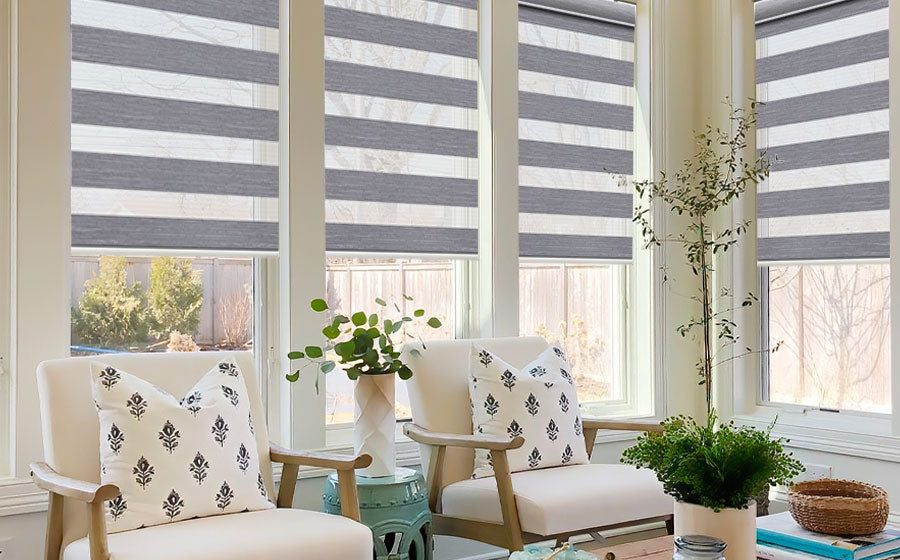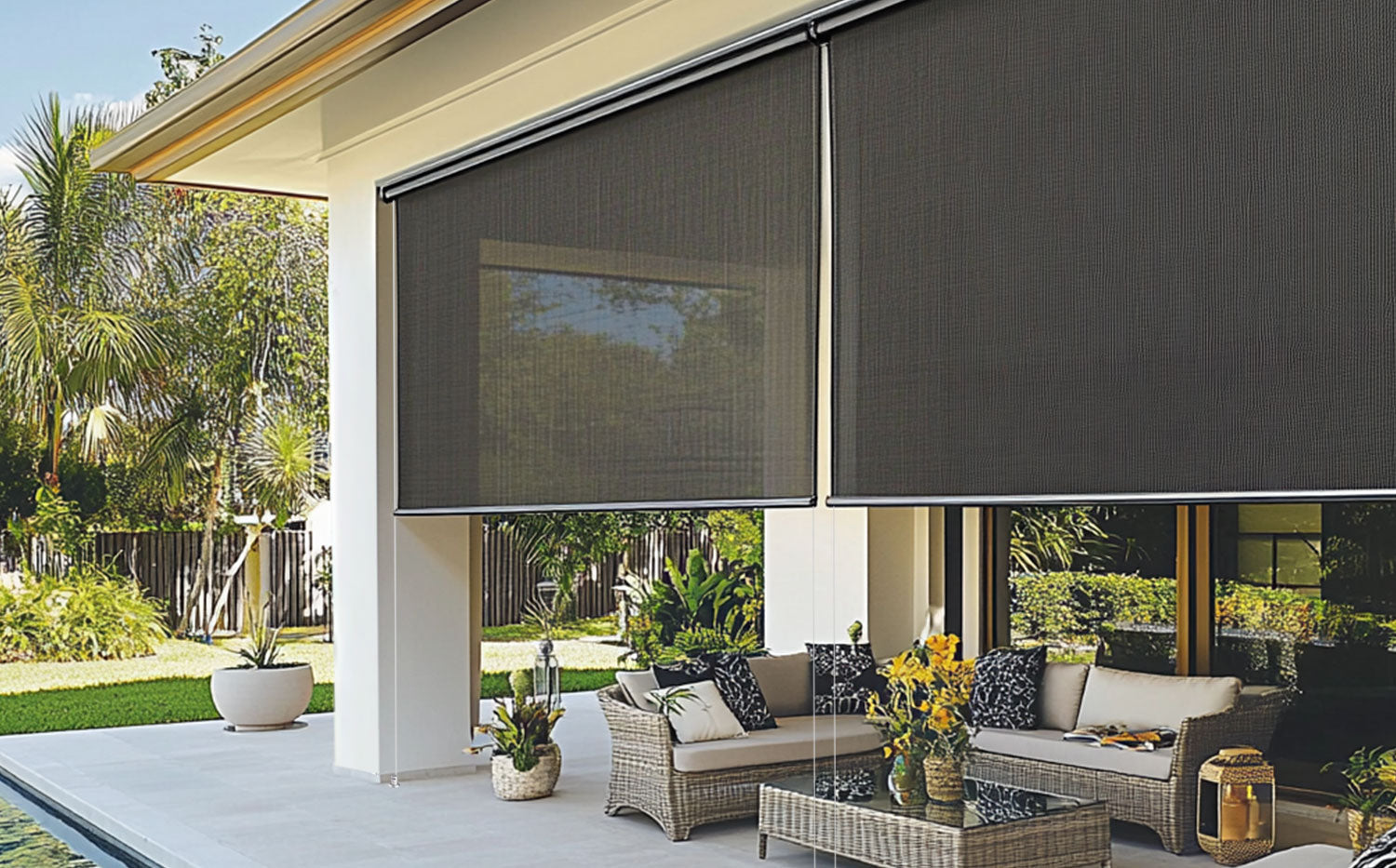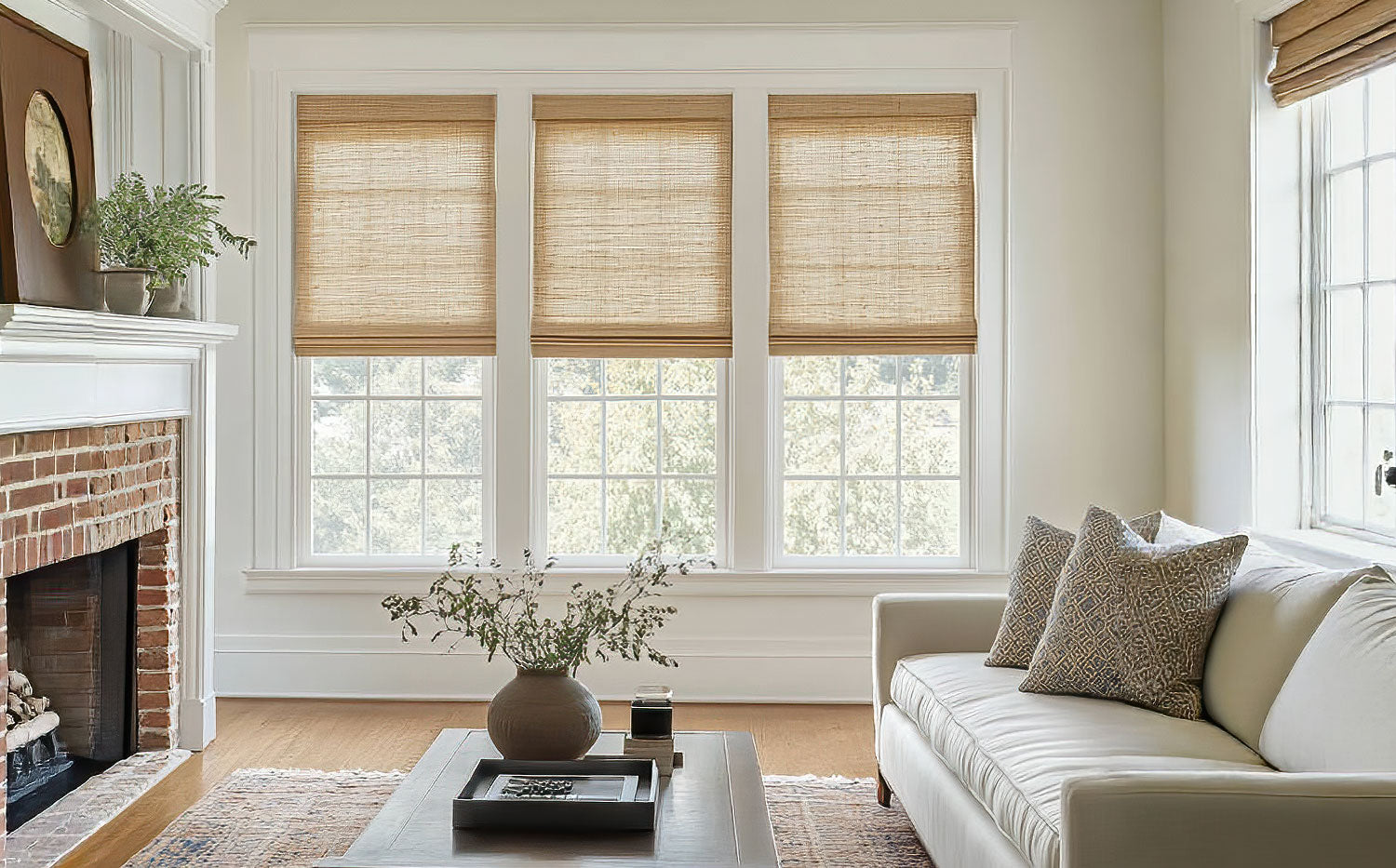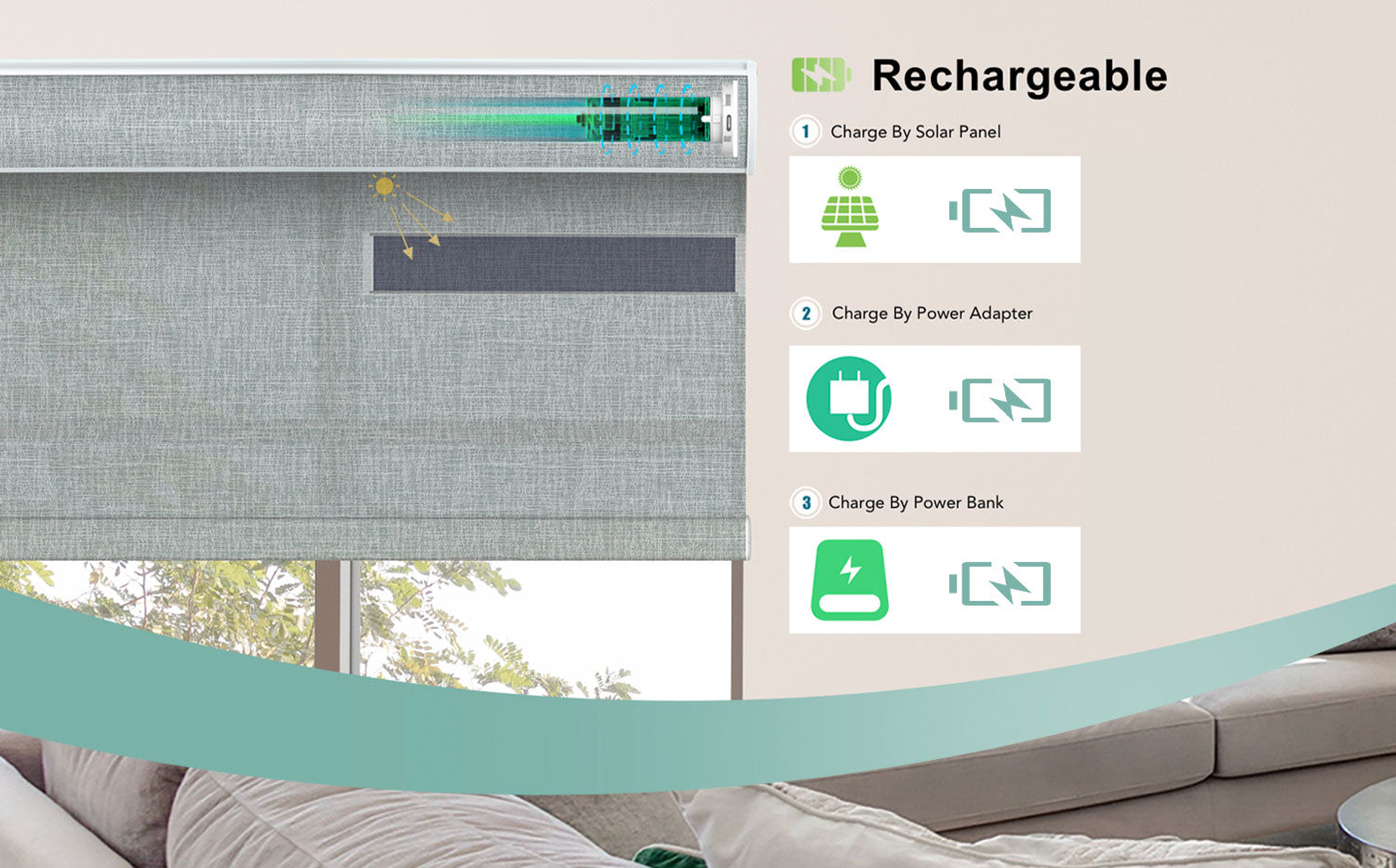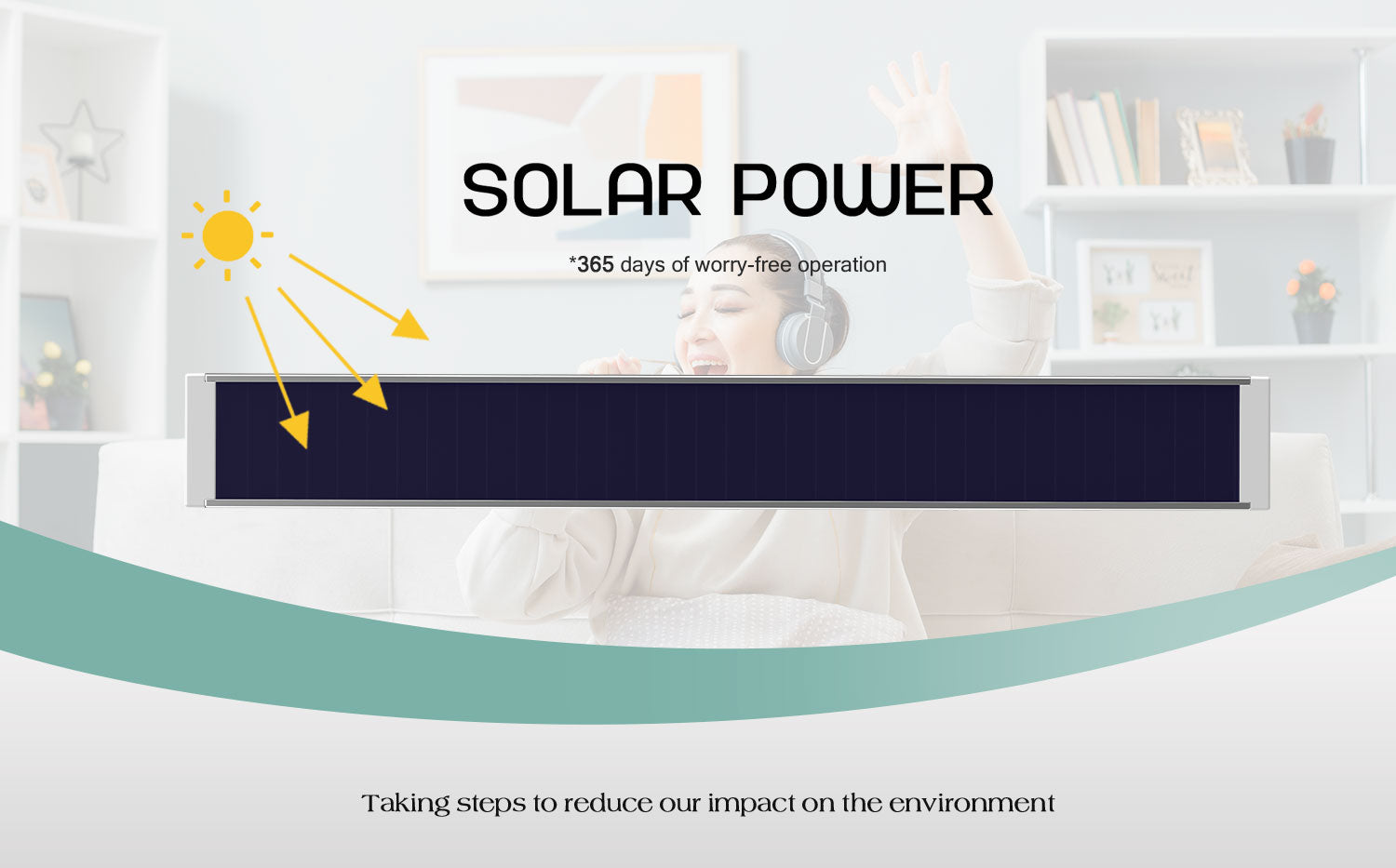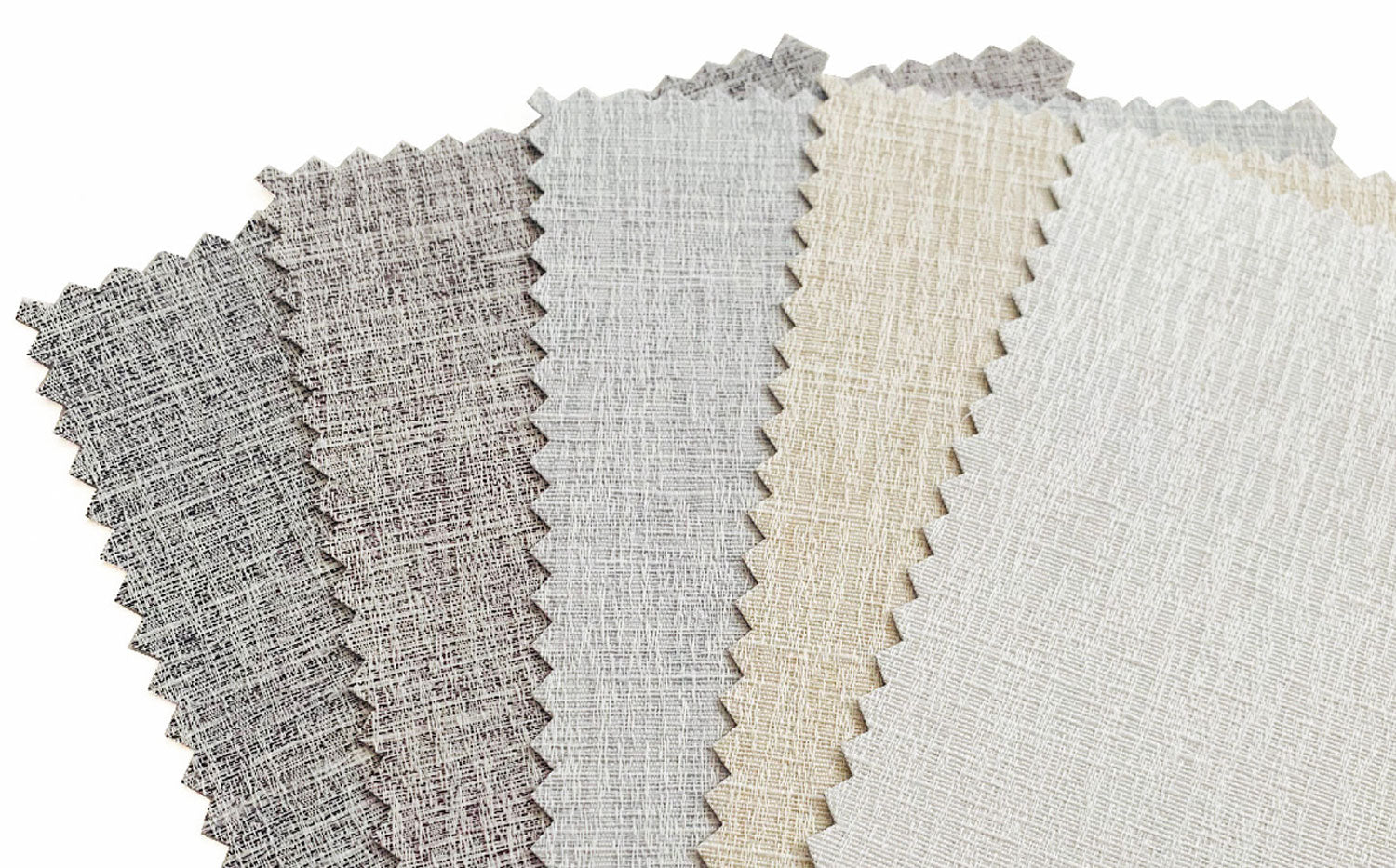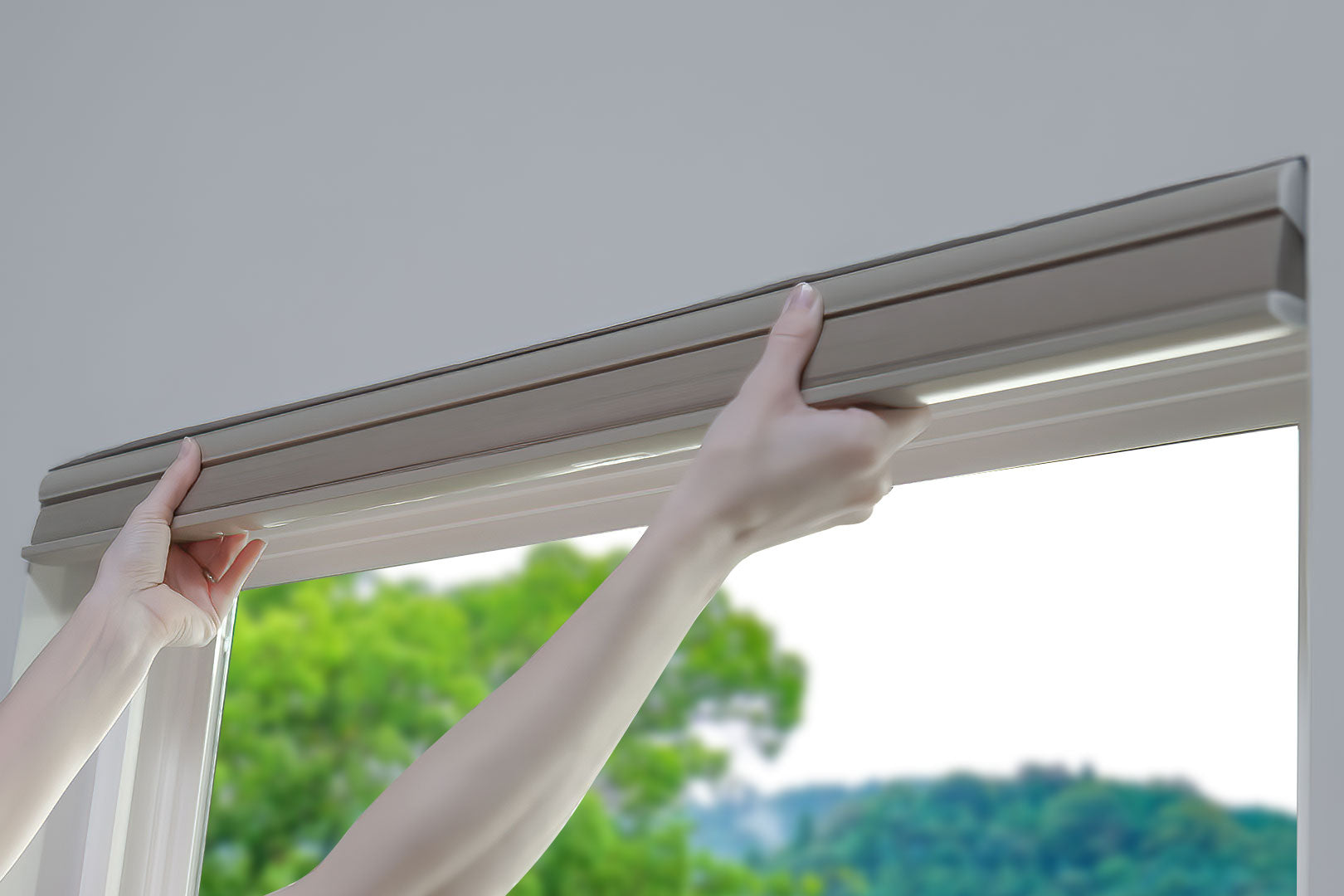 You pull the chain, and your shade glides up smoothly. But when your neighbor's shade jerks, sticks, and fights back like it's possessed. The difference? It's all in the mechanics that 97% of homeowners never see.
You pull the chain, and your shade glides up smoothly. But when your neighbor's shade jerks, sticks, and fights back like it's possessed. The difference? It's all in the mechanics that 97% of homeowners never see.
Whether you're troubleshooting a sticky shade or choosing between manual and motorized options, understanding the internal mechanisms helps you make smarter decisions. We're breaking down exactly what happens inside that headrail when you activate your shades.
Here's what you'll discover:
● The three main operating systems (spring, clutch, motorized)
● Why do some shades roll perfectly while others don't
● How smart motors actually communicate with your phone
● Common mechanical problems and their causes
● Installation tricks that affect operation
Our team at BlindsMagic has installed thousands of smart roller shades, and we've seen every mechanical quirk imaginable. We engineer our motorized systems to eliminate the common friction points that plague traditional mechanisms. Plus, with options that integrate with Alexa or Google Home, you skip the mechanical chain altogether.
The Three Main Operating Systems
Every roller shade runs on one of three core mechanisms. Think of them as the engine under the hood — each with its own physics, price point, and personality.
Spring-Loaded Systems: The Budget Classic
Spring-loaded shades use a coiled spring inside the roller tube that stores energy as you pull the shade down. The spring creates tension that wants to snap the shade back up. You control this stored energy through a ratchet-and-pawl mechanism that locks at different heights.
Here's the catch: that spring tension needs perfect calibration. Too tight? Your shade rockets up like a window blind on steroids. Too loose? It won't stay up at all.
How spring systems actually work:
● Pull down = spring winds tighter, storing energy
● Quick tug = releases the pawl lock
● Spring tension lifts the fabric weight
● Adjustment screws let you fine-tune tension
The spring's power degrades over time. After about 5,000 cycles, you'll notice more drift and less smooth operation. That's why spring shades typically cost $30-80 — they're essentially disposable after a few years of daily use.
Clutch Systems: The Smooth Operator
Clutch mechanisms use a continuous loop chain or cord that engages gears inside the headrail. Pull one side of the chain, and the shade goes up. Pull the other; it goes down. No springs, no stored energy — just mechanical advantage through gear ratios.
The clutch itself is a brass or steel mechanism with internal gears that multiply your pulling force. A 3:1 gear ratio means three feet of chain movement raises your shade one foot, tripling your lifting power. This is why clutch shades feel effortless even on massive windows.
Chain tension matters here. Slack chains skip teeth and wear out clutch gears. Most quality clutch systems include a tensioner device that keeps the chain taut against the wall. Without it, you're looking at gear replacement within two years.
Pro tip: Metal chains outlast plastic bead chains by about 10 years. The UV resistance and weight distribution make a massive difference in clutch performance.
Motorized Systems: The Smart Evolution
Motorized shades ditch manual mechanics for an electric motor tucked inside the roller tube. These motors range from basic AC units to sophisticated DC motors with built-in encoders that track shade position down to the millimeter.
The motor connects to a control board that translates signals — whether from a remote, app, or voice command — into precise rotations. Modern motors like those in BlindsMagic roller shades use brushless DC technology that runs whisper-quiet at under 35 decibels.
Here's what happens when you tap your phone:
1. App sends Wi-Fi signal to the shade's receiver
2. Control board calculates the required rotations
3. Motor engages at preset speed (usually 20-30 RPM)
4. Encoder tracks position and stops at the target height
5. Motor brake locks the shade in place
Battery-powered motors use lithium cells that last 500+ cycles per charge. Hardwired options pull continuous power but require professional installation. Solar-powered variants use a small panel to trickle-charge an internal battery — perfect for south-facing windows.
The real advantage? Zero mechanical wear from chains or springs. Our motorized shades maintain consistent speed and positioning after 50,000 cycles. Plus, scheduling automation means your shades adjust themselves based on sunrise, temperature, or your daily routine.
Why Some Shades Roll Perfectly While Others Don't
 The difference between butter-smooth operation and that annoying crooked roll comes down to three critical factors most manufacturers ignore.
The difference between butter-smooth operation and that annoying crooked roll comes down to three critical factors most manufacturers ignore.
● Tube deflection kills perfect rolls. When your shade tube bends even 1/8 inch across a wide span, the fabric tracks sideways. Aluminum tubes under 1.5 inches in diameter will sag on windows over 72 inches. Steel tubes or larger diameters stay true.
● Fabric weight distribution is the silent killer. Heavier fabrics need perfectly balanced hembar weights. Too light? The fabric won't hang straight. Too heavy? It pulls unevenly and telescopes to one side. BlindsMagic pre-calculates hembar weights based on your exact fabric choice and window width.
● Then there's bracket alignment. Even 2 degrees off-level between brackets causes diagonal rolling. The fabric naturally migrates toward the lower side, creating that frustrating cone shape after months of use.
Quick fixes that actually work:
● Add center support brackets for spans over 84 inches
● Check bracket level with a laser (not a bubble level)
● Replace plastic end caps with metal ones
● Ensure fabric is cut perfectly square to the width
Temperature changes also affect roll quality. Vinyl fabrics expand up to 3% in direct sun, while polyester stays stable.
How Smart Motors Actually Communicate With Your Phone
Your smartphone speaks Wi-Fi. Your shade motor doesn't — at least not directly. Here's the actual signal path that makes the magic happen.
Smart shades use a hub or bridge that translates between protocols. Your phone sends commands via Wi-Fi to this hub. The hub then converts that signal to either Z-Wave, Zigbee, or RF433 — the languages motors understand. Think of it as Google Translate for your window coverings.
The communication chain:
1. Phone app → Wi-Fi router (2.4GHz band)
2. Router → Smart hub via Ethernet or Wi-Fi
3. Hub → Shade motor via RF signal (433MHz or 915MHz)
4. Motor confirms receipt with return signal
5. Hub updates app with shade status
Some newer motors like BlindsMagic's latest models have built-in Wi-Fi chips, skipping the hub entirely. These connect directly to your router and respond in under 500 milliseconds.
The motors store preset positions in flash memory. When you set a "favorite" height, the motor's encoder counts exact rotations and saves that number. Next time you tap that preset, it rotates precisely that many turns — no guessing, no drift.
Range matters: RF signals penetrate walls better than Wi-Fi. Expect a 100-foot range through two walls, or 30 feet for direct Wi-Fi motors.
Common Mechanical Problems and Their Causes
That grinding noise at 7 AM? Your shade's crying for help. Most mechanical failures follow predictable patterns that you can spot before total breakdown.
● Clutch slippage tops the failure list. When chains pull but shades don't move, internal clutch gears have worn smooth. Constant weight stress strips gear teeth after about 10,000 cycles. Heavy fabrics accelerate this wear by 3x.
● Spring tension loss creates the "sagging shade syndrome." Springs permanently deform when held in one position for too long. Leave your shade halfway for months? That spring develops a memory kink that prevents full retraction. The fix requires complete spring replacement — there's no rewinding these.
● Motor stuttering means dying capacitors or failing encoders. DC motors use capacitors to smooth power delivery. When they degrade, motors jerk and pause mid-rotation. BlindsMagic motors use automotive-grade capacitors rated for 15-year lifespans.
● The weird one: clicking sounds during operation. This usually means broken pawl springs in manual systems or stripped planetary gears in motorized units. Once clicking starts, you've got maybe 50 cycles before complete failure.
Fabric bunching happens when roller tubes develop flat spots from overtightened brackets. The elliptical rotation creates uneven fabric wind-up. No fix exists except tube replacement.
Installation Tricks That Affect Operation
 Where you mount those brackets determines whether your shades run for decades or die in months. The two-inch rule changes everything.
Where you mount those brackets determines whether your shades run for decades or die in months. The two-inch rule changes everything.
Mount brackets exactly 2 inches from fabric edges — not the tube ends. This prevents fabric walk and ensures weight distributes evenly across the roller. Most installers measure from tube ends, causing that annoying fabric drift after a few weeks.
Inside mount secret: Leave 1/8-inch clearance on each side. Sounds wrong, but thermal expansion needs room. Tight fits cause binding when materials expand in summer heat. Your shade might work perfectly in spring, then jam come July.
Wall material matters more than you'd think. Drywall anchors fail under constant pull tension. Every shade cycle creates micro-movements that wallow out anchor holes. Always hit studs or use toggle bolts rated for 75+ pounds.
For motorized shades, bracket position affects signal strength. Metal window frames block RF signals. Mount the motor-side bracket 3 inches away from the metal frames to maintain communication.
The game-changer: Use a laser level, not bubble levels. Even a 1-degree tilt compounds across wide spans. Set up a cross-line laser and align all brackets to the same horizontal beam. BlindsMagic includes mounting templates that eliminate guesswork — just stick, drill, done.
Ready to Make Your Roller Shades Work Smarter With BlindsMagic?
You've seen what's happening inside that headrail — springs wearing out, clutches slipping, and motors trying to decode your Wi-Fi signals. With this mechanical knowledge, you can troubleshoot problems before they leave you with stuck shades at sunset.
Key takeaways to remember:
● Spring systems = budget-friendly but limited lifespan (5,000 cycles)
● Clutch mechanisms multiply your force through gear ratios
● Motorized shades eliminate mechanical wear completely
● Tube deflection and bracket alignment determine roll quality
● Smart motors need hubs to translate Wi-Fi to RF signals
● Mount brackets 2 inches from fabric edges, not tube ends
● Always use laser levels for perfect installation
BlindsMagic engineered our motorized systems specifically to bypass these common failure points. Our DC motors connect directly to your Wi-Fi (no hub needed), while pre-calculated hembar weights and mounting templates take the guesswork out of perfect installation. Plus, with a 3-year warranty, we're betting on our mechanics lasting way longer than traditional systems.
FAQs
How do window rollers work?
Window rollers use a spring-loaded or clutch mechanism inside the top tube. When you pull the shade, it either winds a spring that stores energy for retraction, or engages gears that control up/down movement through mechanical advantage.
Can you see through roller shades at night?
Yes, when your lights are on and it's dark outside, people can see silhouettes through most roller shades. The exception? Blackout fabrics with privacy backing. BlindsMagic's 100% blackout options block visibility completely — even with indoor lights blazing.
What are the disadvantages of roller blinds?
Roller blinds offer limited insulation compared to cellular shades. They can't tilt for partial light control like blinds. Fabric options might fade in direct UV exposure. Plus, manual versions require physical operation — no remote adjustments from your couch.
What is the mechanism of roller blinds?
The mechanism consists of a hollow tube containing either a spring system, clutch assembly, or electric motor. This core component controls shade movement through stored energy (spring), gear multiplication (clutch), or powered rotation (motor). End brackets hold everything in place.
How to fix a roller shade that won't roll up?
First, check spring tension — turn the pin cap to tighten. For clutch systems, inspect the chain for tangles or broken links. Motorized shades might need battery replacement or a hub reset. If fabric is bunching, your brackets are probably overtightened.


